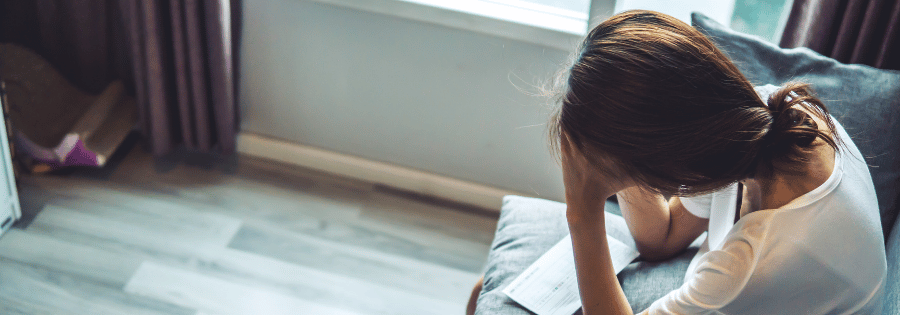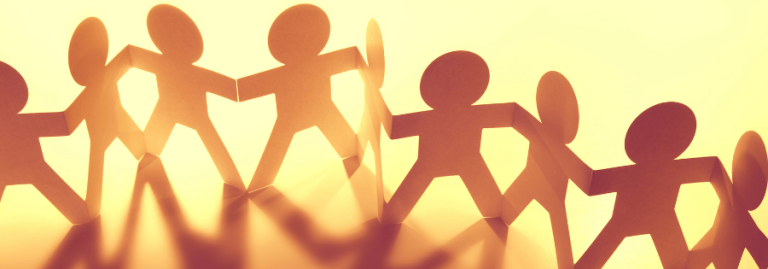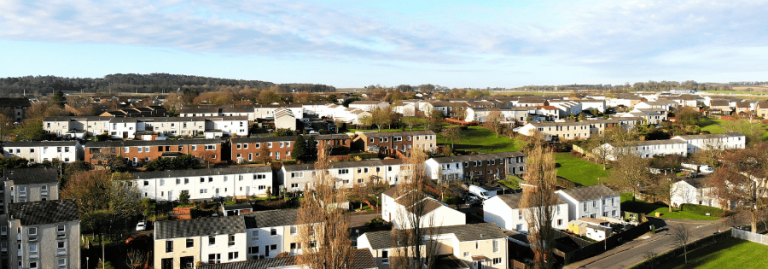Understanding the lived experiences of women refugees
Places for People’s Sophie Buchanan reflects on a recent roundtable discussion based on a report produced by the Cambridge Centre for Housing and Planning Research that explored support for women refugees.
The number of people seeking asylum in the UK has risen significantly, from 22,000–46,000 annually between 2004 and 2020, to over 100,000 in 2024. Of these, 30 per cent are women and girls and a fifth are children. Despite this increase, many services are struggling to meet demand, with delivery made more difficult with growing anti-immigration rhetoric.
It is essential to protect and amplify the role of specialist services and ensure that lived experience is embedded in both policy and services. While the sector serves as a vital safety net, there is potential to strengthen this.
These insights were reiterated following the release of the report, Gender, Refugees, and Housing, by the Cambridge Centre for Housing and Planning Research, which was accompanied by a roundtable organised by Places for People. Here are some key issues raised.
The need for strong physical and socio-cultural infrastructure
Public discourse on refugees (and asylum seekers) has been dominated by housing. However, this overlooks other essential forms of support, such as access to community spaces and availability of food that meets religious or cultural dietary requirements. The report covers how these are crucial for maintaining bonding (social ties such as kinship) and bridging (diverse social networks which improve opportunities) capital.
Examples from the roundtable included Places for People’s work in Scotland on digital inclusion and providing a community space for Sudanese refugees to connect, engage in cultural activities, build relationships, and strengthen community ties. Cumulatively, this helps manage and alleviate the different stressors faced by women highlighted in the report.
Integrating trauma-informed practices in service delivery
The report highlights some of the challenging circumstances faced by women refugees. These are often traumatic in nature and require specialist intervention. Unfortunately, as highlighted by roundtable participants, the absence of a robust funding model has placed increasing pressure on services that are already stretched and unsustainable. As a result, models of integrated care, such as Places for People’s Living Plus wrap-around support, are not as widespread as they perhaps should be.
Addressing the unintended consequences of NRPF
No Recourse to Public Funds (NRPF) results in a withholding of support, compounded by limited awareness or training among colleagues who work directly with refugees and asylum seekers, which can result in a lack of understanding of their statutory responsibilities. Moreover, discussions highlighted how NRPF can be used by perpetrators of domestic abuse as a coercive tool, fostering dependency and preventing women from fleeing abuse. The status quo results in an inconsistency in application, particularly across devolved nations — creating a postcode lottery of protection.
Strengthening partnership efforts
Meeting the needs of refugee women necessitates joined-up efforts across several stakeholders, including but not limited to local authorities, the third sector and housing associations. The landscape of support remains fragmented and ad-hoc, meaning refugee women do not have the best chances to rebuild their lives with dignity, agency and security. For support to be robust, it is essential that their voices are also incorporated in policy and service design.
A single-axis, one-size-fits-all approach for refugee women would be more costly in the longer-term. This principle similarly applies to communities who are vulnerable in different ways. If we are to break cycles of poverty, abuse and marginalisation, stronger voices need to emerge.
The Housing Rights newsletter serves as a crucial forum for this.







